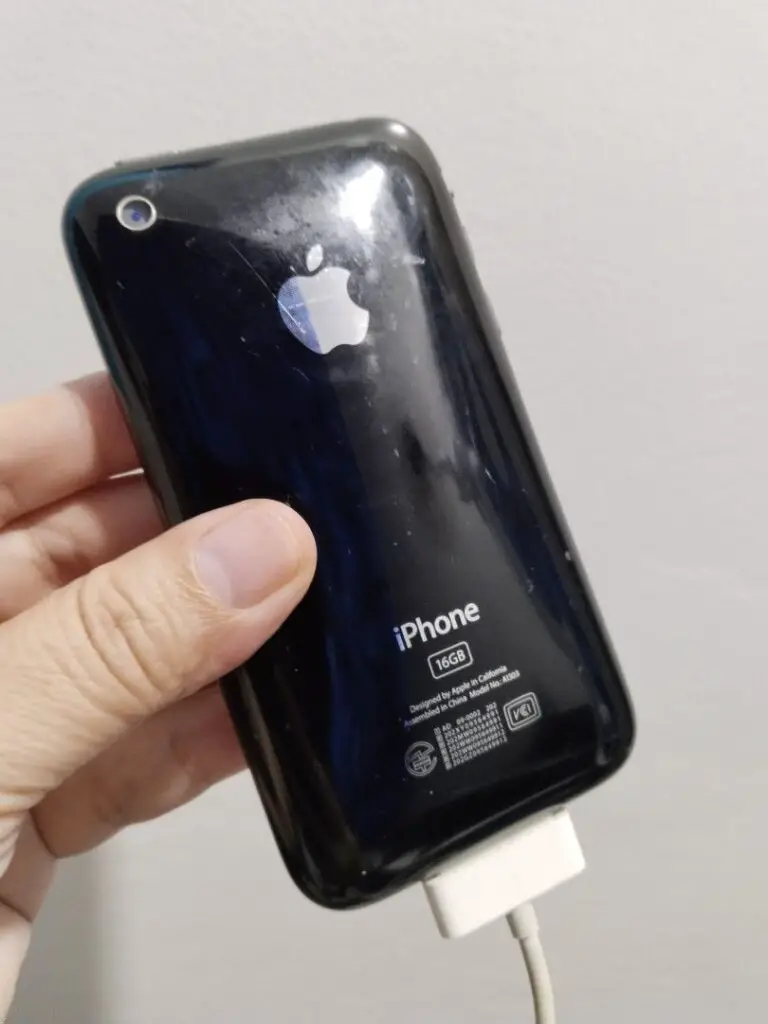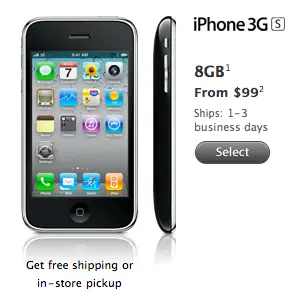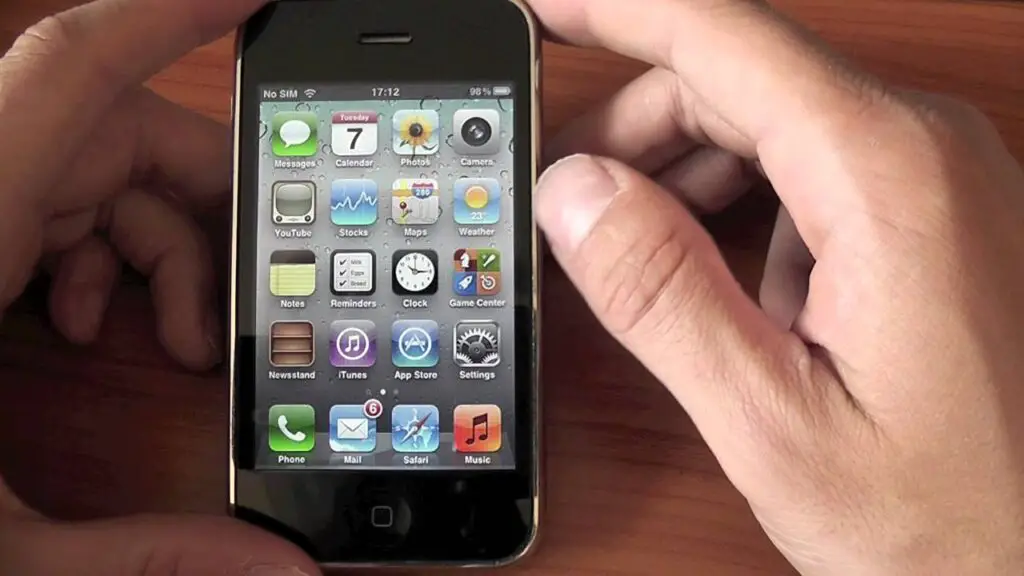The iPhone 3GS: A Nostalgic Dive into Apple’s Technological Past
In today’s fast-paced world of technology, where new smartphone models are released almost every year, it can be both enlightening and nostalgic to look back at the milestones that shaped our current digital landscape. One such milestone is the iPhone 3GS, a device that once reigned supreme in the smartphone market. Launched in June 2009, the iPhone 3GS was a testament to Apple’s innovation and foresight, offering features that were groundbreaking at the time.
A New Era in Smartphone Technology
Network Capabilities
The iPhone 3GS supported GSM and HSPA technologies, a standard feature that allowed for global connectivity. This made it possible for users to communicate and browse the internet with relative ease compared to its predecessors. The combination of these network technologies ensured that the iPhone 3GS could keep up with the data demands of its users, even though today’s LTE and 5G networks offer much faster speeds.

Launch and Legacy
Announced and released in June 2009, the iPhone 3GS quickly captured the public’s attention. Despite being discontinued now, its legacy remains. The 3GS was a bridge between the more basic smartphones of the early 2000s and the feature-rich devices we see today. Its announcement was met with anticipation, and its release marked a significant moment in Apple’s history, as it continued to push the boundaries of mobile technology.
The Physical Build: Design and Durability
Body and Dimensions
The iPhone 3GS measured 115.5 x 62.1 x 12.3 mm (4.55 x 2.44 x 0.48 in) and weighed 135 grams (4.76 oz). It featured a compact design that was comfortable to hold and use. The device’s mini-SIM slot was standard at the time, offering users the ability to switch carriers with ease.

Display Features
The iPhone 3GS sported a 3.5-inch TFT display with a resolution of 320 x 480 pixels and a 3:2 aspect ratio. This resulted in a pixel density of around 165 ppi, which was sufficient for the needs of users back then. The screen-to-body ratio was approximately 50.9%, providing users with a sizable viewing area for its time.
One of the standout features of the 3GS was its Corning Gorilla Glass protection, paired with an oleophobic coating. This combination not only protected the screen from scratches but also reduced fingerprint smudges, keeping the device looking clean and sleek.
Under the Hood: Hardware and Performance
Platform and Performance
The iPhone 3GS originally ran on iOS 3 but was upgradable to iOS 6.1.6, showcasing Apple’s commitment to supporting older devices. It was powered by a 600 MHz Cortex-A8 CPU and a PowerVR SGX535 GPU, which provided a smooth and responsive user experience for its time.

Memory and Storage
With no card slot for expandable memory, the iPhone 3GS came with internal storage options of 8GB, 16GB, and 32GB, all with 256MB of RAM. This was a common practice for Apple, encouraging users to choose a storage capacity that suited their needs.
Capturing Memories: Camera Capabilities
Main Camera
The 3GS featured a single 3.15 MP camera with an f/2.8 aperture and autofocus, a significant improvement over its predecessor. While it might seem modest by today’s standards, it was a competitive feature in 2009. The camera could record video at 480p@30fps, allowing users to capture both photos and videos with reasonable quality.

Selfie Camera
Interestingly, the iPhone 3GS did not have a front-facing camera, a feature that would become standard in future models. This absence highlights how much smartphone technology and consumer expectations have evolved over the years.
Sound and Communication Features
Audio and Connectivity
The iPhone 3GS came equipped with a loudspeaker and a 3.5mm headphone jack, ensuring compatibility with a wide range of audio accessories. This was a time when wired headphones were the norm, and Bluetooth audio was still gaining traction.
For connectivity, the 3GS supported Wi-Fi 802.11 b/g and Bluetooth 2.1 with A2DP (headset support only). This allowed users to connect to the internet wirelessly and pair their devices with Bluetooth-enabled peripherals.

GPS and Other Features
The inclusion of GPS and A-GPS was a notable feature, enabling users to access location-based services and maps. The device also included an accelerometer, proximity sensor, and compass, paving the way for more interactive and intuitive apps.
Software and User Experience
Browser and Apps
The Safari browser on the iPhone 3GS offered a reasonable browsing experience for its time, though far less capable than today’s standards. The device also supported iCloud cloud services, allowing users to sync and store their data.
Built-in apps included Maps, an organizer, TV-out, and various multimedia players and editors. The phone’s predictive text input and voice command/dial features were early steps towards the intelligent personal assistants we use today.

Battery Life and Miscellaneous Features
Battery Performance
The iPhone 3GS housed a non-removable Li-Ion 1400 mAh battery, offering up to 5 hours of talk time on 3G. While modest by today’s standards, this was quite satisfactory for users back then, balancing performance and battery life effectively.
Colors and Models
Available in black and white, the iPhone 3GS offered a sleek and minimalistic design. It came in different models: A1325, A1303, and iPhone2,1. These models catered to various carriers and regions, ensuring compatibility worldwide.
SAR Ratings
The iPhone 3GS had specific SAR (Specific Absorption Rate) values, which measured the amount of radio frequency energy absorbed by the body. With a SAR of 0.26 W/kg (head) and 0.79 W/kg (body), the 3GS adhered to safety standards, providing peace of mind for its users.

Price and Market Impact
Cost and Value
Priced at approximately 110 EUR at the time, the iPhone 3GS was a premium product. Despite its cost, it provided excellent value for those seeking a blend of functionality and design, solidifying Apple’s reputation as a leader in the smartphone market.
Market Tests and Feedback
The iPhone 3GS was put through various tests to evaluate its performance. Its display had a nominal contrast ratio of 201:1, and its camera and audio performance were rated positively. The loudspeaker produced a voice level of 69 dB, noise of 69 dB, and a ring level of 71 dB. Its audio quality was noted for noise at -92.1 dB and crosstalk at -95.0 dB, reflecting its competence in audio playback and recording.

The Lasting Legacy of the iPhone 3GS
The iPhone 3GS holds a special place in the history of smartphones. It was a device that encapsulated Apple’s vision of combining design with functionality, and it set the stage for future innovations. While technology has advanced significantly since its release, the 3GS remains a symbol of a time when smartphones were beginning to transform how we communicate, work, and play.
For high school students today, understanding the iPhone 3GS is a glimpse into the past, a time when mobile technology was rapidly evolving. It reminds us of how far we’ve come and inspires us to think about the possibilities of the future. Whether you’re a tech enthusiast or someone curious about the past, the story of the iPhone 3GS is a fascinating chapter in the book of technological progress.